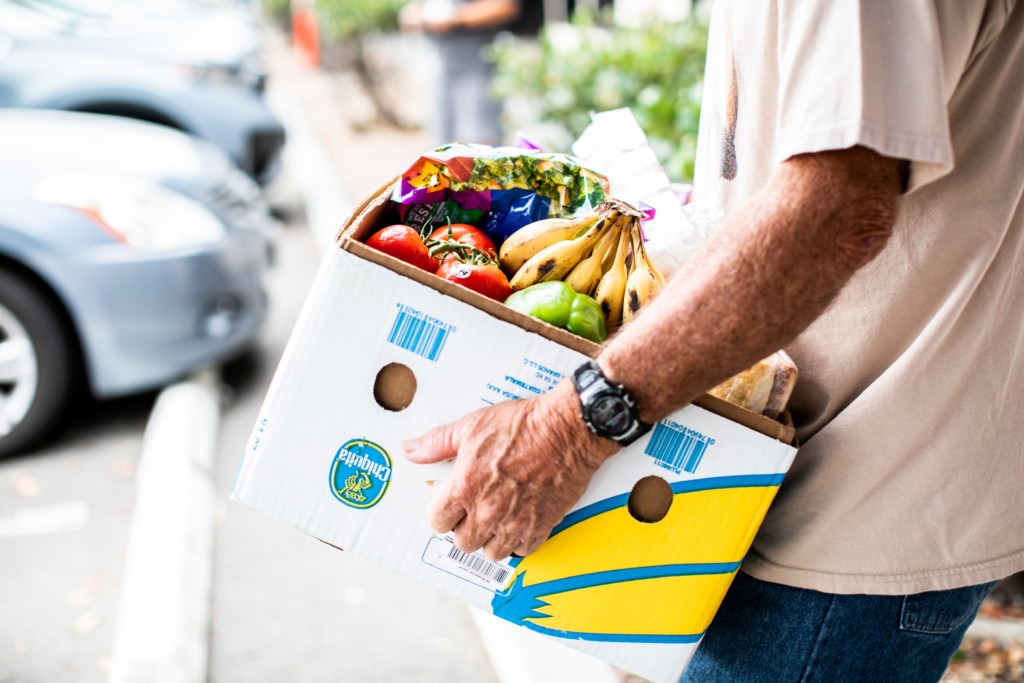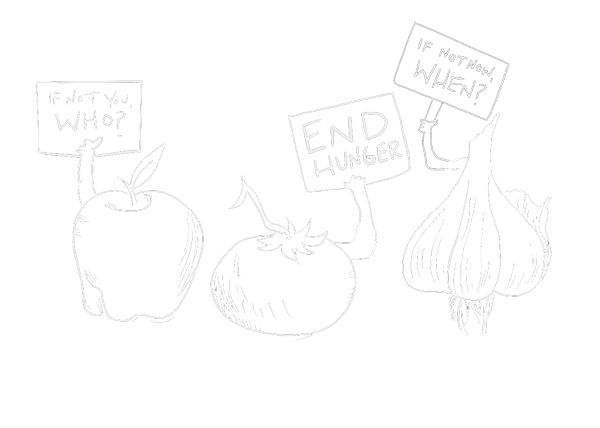New California State Law Will Combat Climate Change and Help People Facing Hunger
Starting January 1, 2022, Senate Bill 1383 will go into effect and set an incredible precedent. Grocery stores, supermarkets, food service providers, food distributors, and wholesale food vendors will no longer be allowed to send perfectly edible food to the landfill. Instead, they must donate it to hunger relief organizations like Feeding San Diego. The new law puts into place what Feeding San Diego has been doing for the past 14 years. Rescuing good food to feed people facing hunger.
“This bill addresses two major crises: food insecurity and climate change,” says Patty O’Connor, Chief Supply Chain Officer at Feeding San Diego. “SB 1383 is designed to dramatically reduce organic waste in state landfills, which is essential to combat climate change. At the same time, it allows hunger relief organizations to have greater access to food to feed people in need. This is perfectly edible food that may be surplus, imperfect, or slightly past its prime. There’s no reason it should be thrown away. It’s encouraging to see such aggressive organic waste reduction targets established. “
Beginning in January 2024, this law will extend to hotels, restaurants, health facilities, large venues and events, local education agencies, and state agencies with cafeterias.
The Dangers of Food Waste
Food waste is a huge issue for cities across the state, including San Diego, that are trying to prevent landfills from reaching capacity and curb dangerous greenhouses gas emissions. According to CalRecycle, the agency responsible for implementing the law, landfills are the third largest source of methane emissions in California. Reducing short-lived climate super pollutants like organic waste will have the fastest impact on the climate crisis. SB 1383 establishes a goal that by 2025, 20 percent of disposed edible food must be recovered for human consumption.
“When organic waste, including food waste, yard waste, and untreated wood products, is disposed in landfills, methane gas is emitted. This gas traps the sun’s heat, warms the atmosphere, and contributes to global warming (also referred to as climate change). Methane is much more potent than carbon dioxide,” says Jeanne Patton, Recycling Specialist III with the City of San Diego. “The second reason we need to keep organic waste out of the landfill is that Miramar landfill is reaching capacity. Donating edible food and recycling organic waste, including non-edible food scraps, will extend the life of the landfill.”
Feed People, Not Landfills
According to San Diego’s last waste characterization study conducted in 2012 at the Miramar Landfill, food comprised 15% of material in the landfill. That equated to approximately 189,000 tons in 2012. The City of San Diego’s reduction goals align with SB1383 requirements of 75% reduction in waste from landfills by 2025. The reduction is from 2014 totals. CalRecycle comprised these totals from waste characterization studies.
From a national standpoint, in 2019, 35% of the 229 million tons of food available in the U.S. was allowed to go unsold or uneaten, according to ReFed. This is considered surplus food. A small portion of it was donated to those in need, while the vast majority became food waste. This waste went to landfill, incineration, or was left to rot in fields. Overall, ReFED estimates that 24% of all food in the U.S. – 54 million tons – goes to waste. To put that in perspective, that’s almost 130 billion meals’ worth of food that we’re letting go unsold or uneaten each year; roughly 2% of U.S. GDP. At the same time, according to the San Diego Hunger Coalition, more than one million San Diegans are at risk of facing hunger in San Diego County alone.
A New Opportunity to Help Protect People and the Planet
As the new year and implementation of this bill approaches, Feeding San Diego is preparing to accept more food donations, and is currently accepting both new food donors and agency and community partners. This works to include other non-profits and faith-based organizations, to help distribute this influx of food to the community.
For those who work in the hunger relief and waste management sectors, it’s an optimistic time as the state takes huge strides toward protecting people and the planet.
“Ensuring food is put to higher uses rather than taking up precious landfill space inspires me to keep educating and empowering others to participate in these important programs,” says Patton. Patton works on the City’s commercial food scraps program to compost formerly landfilled food waste. It’s important to note, however, that according to the Environmental Protection Agency’s Food Recovery Hierarchy, feeding hungry people ranks much higher than composting as a method to prioritize to prevent and divert wasted food.
To learn more about SB1383, visit CalRecycle’s website.











